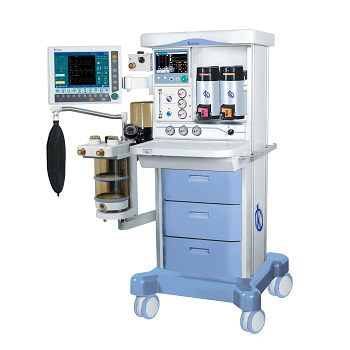Thanks to the use of anesthesia, patients do not feel pain during an intervention or other medical procedure. For the most part, anesthesia suits them and they have no problems from it.
Anesthesia, which works by blocking the signs of the nervous system, is based on drugs that cause loss of consciousness and blocks the feeling of pain. The nervous system is composed of the brain, spinal cord and nerves. The messages from the body go through the nerves and spinal cord to the brain. Anesthesia blocks pain messages, preventing them from reaching the brain.
It is worth mentioning, that each patient is different and each anesthesiologist makes his doses, so the effects can modify in the suppression of anesthetic drugs
Characteristics and Effects of Anesthesia
- General anesthesia; the patient is completely unconscious, unable to feel any pain, anesthesia is given intravenously or by inhalation, through a tube placed inside the throat.
- Regional anesthesia; this is based on sleeping only a large area of the body, by injecting near the nerves of the spine. They are usually used in childbirth and spinal blocks.
- Local anesthesia; removes sensitivity in a small part of the body. It is given as an injection, a spray or an ointment. It can be used in dental procedures, when suturing and also to reduce the pain of the pangs.
Prior to its application, the anesthesiologist must be interested in the patient’s health, so he must be responsible for closely monitoring vital signs, and then supplying the anesthetic drug.
Depending on the type of anesthesia used in the patient, is the time that can remain in having the pharmacological effect, if it is regional anesthesia, the approximate time is between sixty to ninety minutes, if it is general post-intubation, a couple of hours.
Behavior of Patients under the Effects of Anesthesia
Due to the supply of anesthetic drugs, causing deep sedation to the patient, the patient loses the ability to feel pain or remember when he is under these effects. They are usually administered intravenously, via a catheter. In addition, the effect of deep sedation, allows the patient to breathe without the help of an artificial respirator, also reduces discomfort and/or the possibility of remembering a painful procedure. The level of sedation reflects the patient’s ability to feel and respond to pain and verbal commands.
On the other hand, the patient under minimal sedation, manages to manifest answers, follow instructions, and breathe without help. During this effect, the patient’s feeling of pain or discomfort is very mild or not felt. If the patient feels very uncomfortable, an additional dose of sedatives may be administered. Recovery from this type of sedation is generally much faster.
After sedation, some patients may experience nausea, vomiting, dizziness, headache, throat irritation, changes in blood pressure and pain. These effects are generally moderate, short and treatable.
Anesthesia machines in Spain
We at Kalstein offer you the anesthesia machine, which will facilitate the work of the anesthesiologist, and can start with a routine application according to the needs of the patient. It should be noted that the expansion of the anesthesia work station is also feasible to greatly improve the workflow and reduce operating costs, that is why we are trained to offer advice on the maintenance of equipment and replacement of some spare parts, if you need it. In addition, we have the electronic PEEP function that provides a high precision output of only 20 ml. It uses latex-free and autoclave components. It can be easily maintained and cleaned without specialized tools. It is CE certified, giving users peace of mind.
We are manufacturers and we have the best advice to make your purchase the ideal, with excellent prices. For a better experience, visit our catalog at HERE


